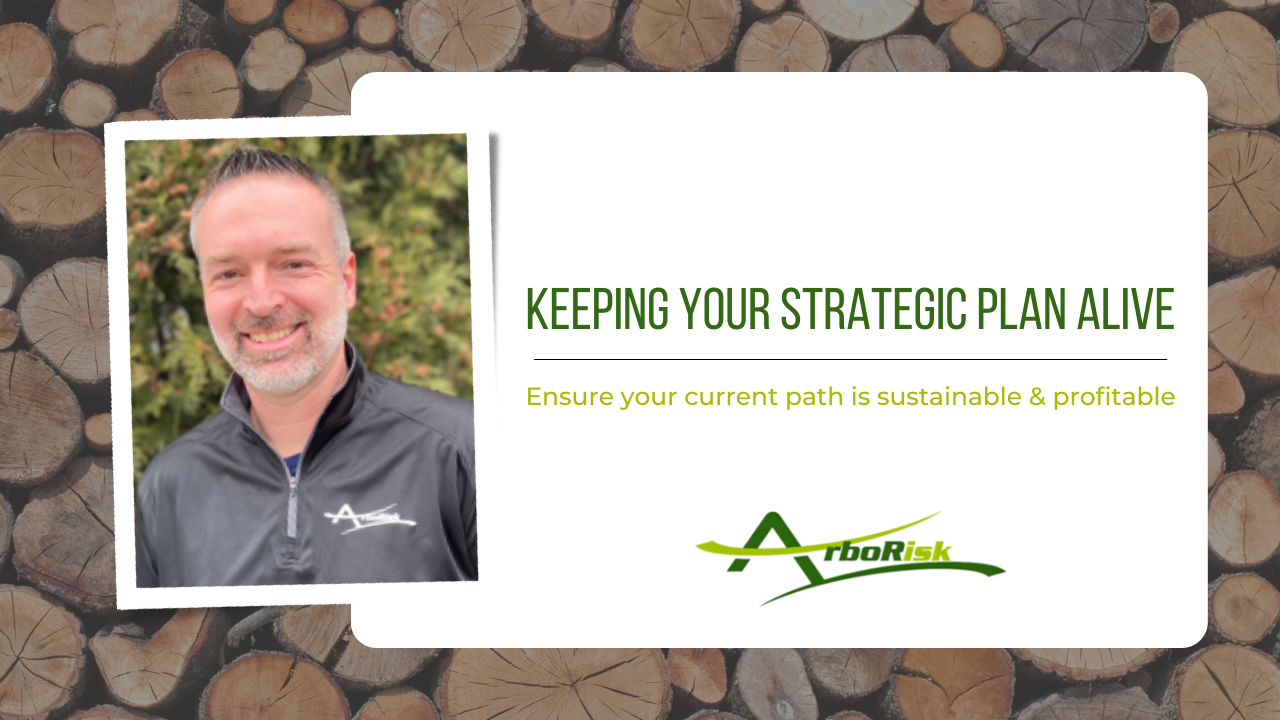2023 Marketing Trends
2023 Marketing Trends
Written by Katie Petersen
For the past couple of years, I have written an article regarding the marketing trends for the respective year (see: 2021, 2022 articles). Each year I see evidence of evolving trends and some “trends” that are not really trends at all but have become a necessary part of a marketing strategy. 2023 is no different. From the continued rise of influencer marketing to the tried and true standard of selling yourself on social media, here are some upcoming marketing trends for 2023.
Social Marketing: Rise of the Influencer
While I plan to do a deeper dive on this concept in an upcoming article, influencer marketing continues to grow and develop at a rapid pace. Having a trusted source vouch for your company is something that no amount of money in the world can compete with. The term “influencer” can also mean more than what you probably think. It doesn’t have to be someone with a huge following, it can be an employee, returning client, community business partner – anyone who has had experience with your company and can give others positive feedback about it.
Tik Tok especially continues to grow in this area as more and more content creators, influencers, and everyday people embrace what the platform has to offer. Tik Tok has refined their platform for businesses as well, so if you aren’t on it yet, now might be the time! They are working towards improving usability for businesses as well as expanding the options for targeted ads.
B2B Marketing: We’re still talking about video
Remember how I said Tik Tok has continued to grow? Well, there is a reason Tik Tok has claimed and maintained the top social spot: video. If you’re not using video yet, it’s time. Video is here to stay and you should work to integrate it within your marketing for 2023. Whether on Tik Tok, YouTube, or Instagram, creating videos will instantly help you connect more with your target audience and will add more credence to your messaging. Customers like to see who they are buying a product from and the best way to do that is to show your face on a video.
Video can also be used to simply connect with your customers. Many companies (ourselves included) can get caught up in pushing content that only contains a sales message. What video can also provide is an outlet to show other sides of your company. Perhaps you could do a video featuring a few employees from your sales team. As an owner, you could share five fun facts about yourself, or share a story about how you got into the industry. Video is a powerful tool that can help you directly connect to customers – don’t sell yourself and your company short by being afraid of it.
Content Marketing: Building Your Strategy
Did you know that only a little over 50% of businesses have a documented content strategy in place? Ensuring that your content is audience driven, and actually relevant to said audience, is what will take your brand and business from mediocre to extraordinary. Having a documented content strategy will also allow you to focus on 1-2 relevant platforms, as opposed to spreading yourself thin over all of them. Making sure you are checking the insights for your content and how it is performing over time will help you narrow down your strategy and tell you where you should be and what you should be talking about.
Having documented content and a refined strategy will help you reach the audience that seemingly alludes you. Connecting with an outside influencer will also show customers that you are willing to work with others; instead of a “me, me, me” strategy, it takes your message and shows that you trust it in the hands of someone else. This gives customers confidence in you and what you can offer to them.
2023 is here and will breeze by quickly. Take the ideas that you can for the year and implement them in a strategic and balanced way. Trying to tackle too many things too quickly will throw your entire strategy off balance. The work you put in this year will allow you to start your 2024 marketing ahead of the companies that remained stagnant.
Want additional help with your marketing? Check out our Thrive Sales & Marketing Package!





Recent Comments